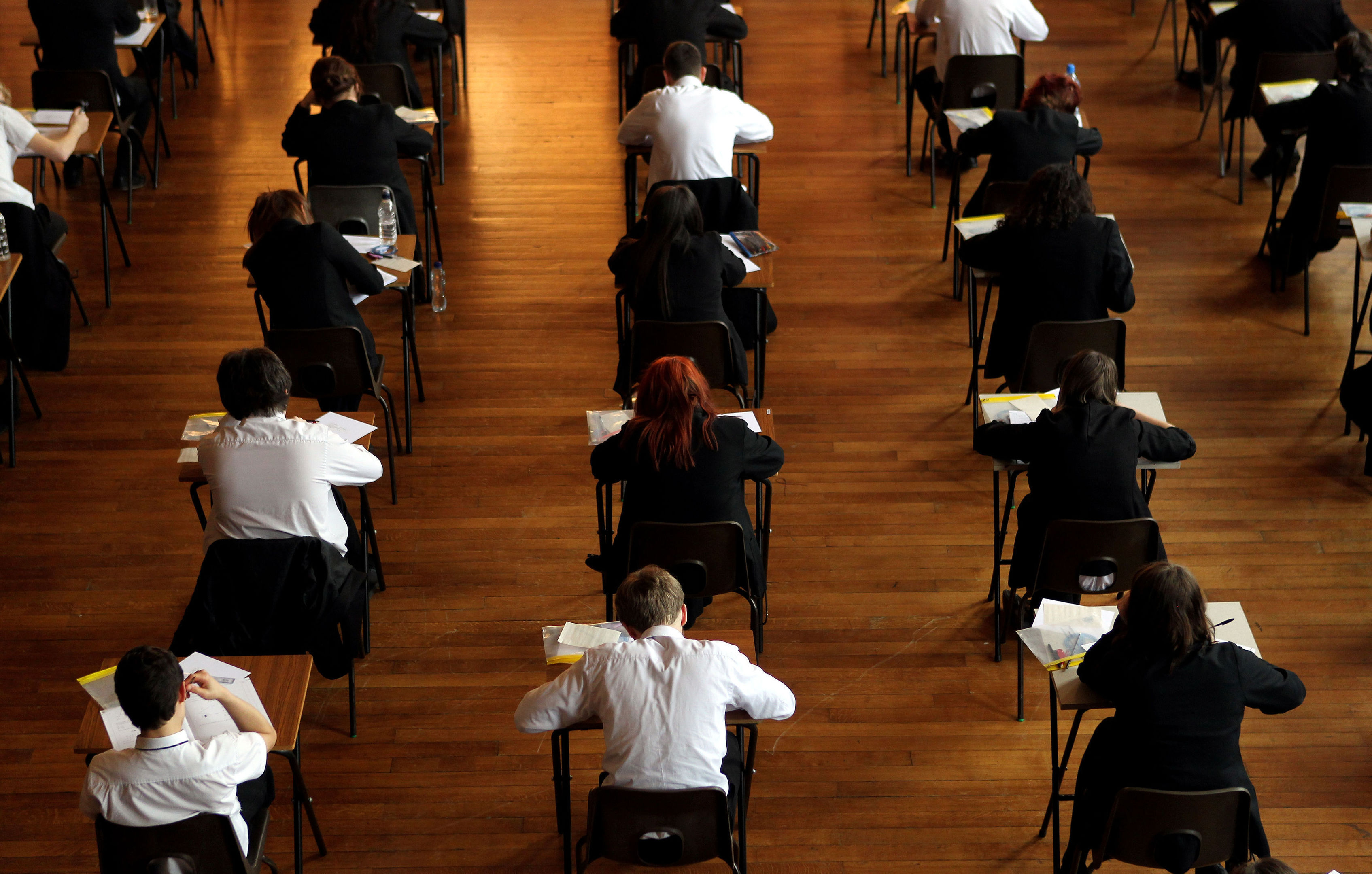
RISING numbers of children are seeking help due to exam stress, according to Childline.
Thousands of youngsters turned to the helpline in 2016/17 alone after struggling with the pressures of exams, new figures show.
The findings come in the week that 11-year-olds across England take their Sats tests and as teenagers prepare for upcoming GCSEs and A-levels.
Overall, Childline provided 3,135 counselling sessions related to exam stress in the last financial year – equivalent to almost nine a day.
More than a fifth of these took place in May, the start of the summer exam season, with youngsters telling counsellors they were having problems with issues such as heavy workloads and feeling unprepared.
The numbers of exam-related sessions has risen 11% over the last two years, the NSPCC-run service said.
Children aged 12 to 15 are the most likely to seek help over exam stress, but this year the biggest rise was among 16-18-year-olds, many of whom will have been studying for A-levels.
One teenage boy told Childline said: “I’m really feeling the pressure of A-levels, I’ve been having panic attacks and difficulty breathing. I’m so afraid of not getting the right grades and I’m stressed about the future. My life could turn out so differently depending on what I get.”
Another said: “I am about to take my GCSEs and I am under so much pressure as my parents are expecting me to do really well.”
NSPCC chief executive Peter Wanless, said: “Exams are important but worrying and panicking about them can be counter-productive, leaving young people unable to revise and prepare. It is vital that young people are supported by family, friends and teachers during the exam period to help them do the best they can.”
Dame Esther Rantzen, Childline’s founder and president said: “I am very distressed that so many young people are turning to Childline because they have nobody else to confide in safely when they are desperately anxious.
“We need to recognise how stressful exams can be, and reassure our young people and support them through these tough times which I remember only too well in my life, and my children’s lives.”
Childline advised young people taking exams to make sure they take regular breaks and do some physical exercise, go to bed at a reasonable hour, try to think positively, even if they do not feel like it, and not to compare themselves to their classmates.
Parents can help to ease stress by not placing unnecessary pressure on children, encourage them to take breaks and to be supportive and ease their worries by talking to them.

Enjoy the convenience of having The Sunday Post delivered as a digital ePaper straight to your smartphone, tablet or computer.
Subscribe for only £5.49 a month and enjoy all the benefits of the printed paper as a digital replica.
Subscribe